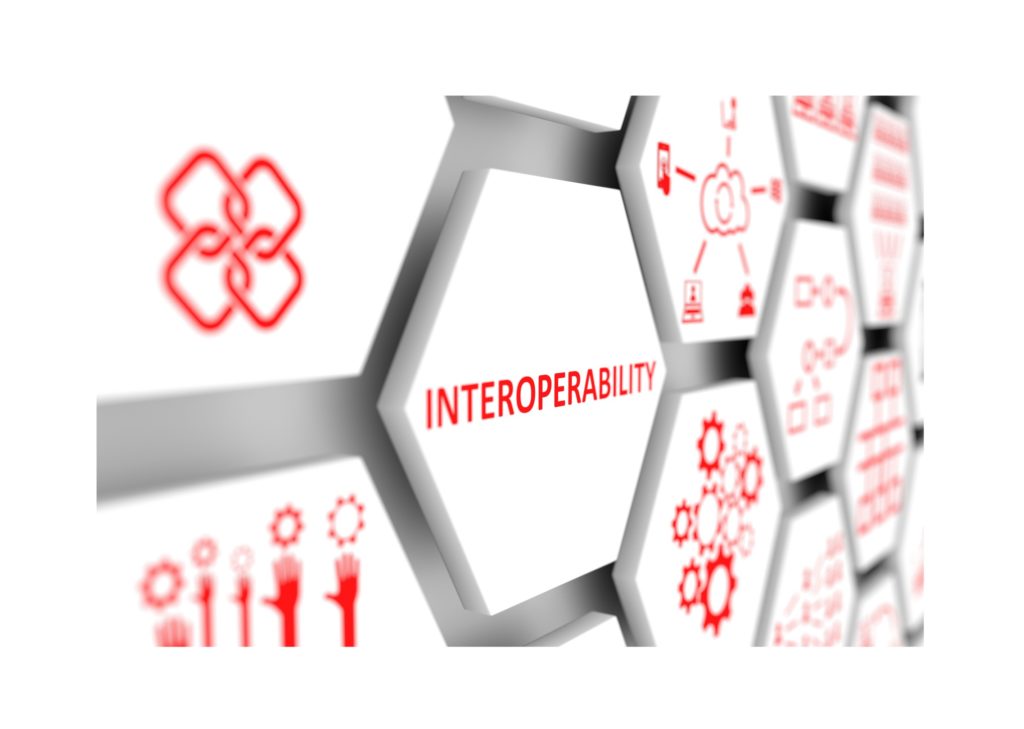How interoperability can enable transformation within healthcare
Many see the Quintuple Aim as a set of key metrics needed to increase the delivery systems efficiency, effectiveness and equity.

Healthcare systems worldwide are grappling with the complexities of achieving the Quintuple Aim – improving patient experience, enhancing care team well-being, achieving better outcomes, reducing costs and ensuring equitable access to care. This ambitious framework highlights the need for seamless communication among technologies, streamlined processes and cross-industry collaboration.
One organization working to address these challenges is Integrating the Healthcare Enterprise (IHE), a global standards development organization. For 25 years, IHE has focused on improving interoperability, ensuring that different healthcare systems can exchange information effectively.
Improving patient experience
A positive patient experience starts with smooth, coordinated care. Unfortunately, gaps in communication between healthcare systems often result in delays, repeated tests or missing records. These issues create unnecessary stress for patients and can even impact their health outcomes.
Interoperability efforts, including collaborative testing events known as Connectathons, bring technology vendors together to ensure their systems can work seamlessly.
For patients, the benefits are clear. They can include fewer delays in care; less repetition of tests and procedures; and a smoother, more connected healthcare experience. “When patient records and test results can be shared quickly and securely, the care experience becomes smoother and more connected,” contends Michael Nusbaum, MHSA, FHIMSS, a member of IHE’s international board.
Supporting care teams
Healthcare providers often are overwhelmed by the administrative burdens of disconnected systems. Complex workflows, incomplete information and inefficient processes take valuable time away from patient care, contributing to stress and burnout among care teams.
These inefficiencies have other casualties beyond negative impacts on patient care. They can contribute to stress and burnout among care teams.
With streamlined processes and fewer technological hurdles, providers can experience reduced administrative workloads, easy access to relevant and timely clinical information across multiple care settings, fewer errors caused by manual data entry or incomplete records, and improved efficiency in delivering care.
This potential to have an enhanced work environment improves not only the care team’s experience but also the quality of care they can provide.
Driving better outcomes
Access to accurate, real-time data is critical for improving clinical outcomes. Healthcare providers need a complete view of their patients’ health histories, diagnoses and treatments to make informed decisions.
Experts say interoperable systems play a vital role in reducing diagnostic errors, improving care coordination and delivering personalized treatments.
By integrating systems across facilities and geographies, healthcare leaders can reduce diagnostic errors, enhance care coordination and deliver treatments that are timely and personalized.
“Access to the right information at the right time enables care teams to provide the most appropriate interventions, ultimately improving patient outcomes,” Nusbaum adds.
Reducing healthcare costs
The financial burden of healthcare is a pressing concern for providers and patients alike. Inefficient systems drive up costs through duplicated efforts, wasted resources and avoidable errors. Interoperability initiatives aim to simplify system integration and reduce redundancies.
For healthcare organizations, the results of data interoperability can be significant. It can result in reduced operational costs, fewer redundancies in care delivery and more resources that can be made available to invest in patient care.
By enabling smarter workflows and reducing waste, healthcare providers can allocate more resources to patient care while lowering operational expenses.
Ensuring equity in access to care
Equitable access to healthcare is a cornerstone of the Quintuple Aim. Patients in underserved communities often face significant barriers to receiving timely and high-quality care, whether because of geographic isolation, technological limitations or disparities in access to needed resources.
Interoperability initiatives are designed to ensure systems can function effectively across diverse settings, from urban hospitals to rural clinics.
Experts believe that creating seamless communication across healthcare systems can reduce disparities and improve outcomes for patients in underserved areas.
Building the future of healthcare
As healthcare evolves, interoperability remains a key focus for innovation and collaboration. By addressing today’s challenges, organizations like IHE are helping to lay the groundwork for a more efficient, equitable healthcare system.
“Interoperability isn’t just about technology; it’s about ensuring healthcare systems are ready to meet the needs of tomorrow,” Nusbaum contends.
While achieving the Quintuple Aim requires coordinated efforts across the industry, experts agree that interoperable systems will be central to reaching an efficient, effective and equitable future for all.
Michael Lawrence is a seasoned freelance reporter who uses storytelling to engage, inform and inspire audiences. He has covered a diverse range of topics, from human interest stories to in-depth investigative pieces.